Stained Glass - Table of Contents
Henry Holiday (Holliday)
1839-1927
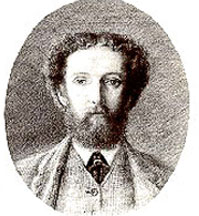
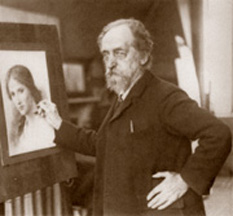
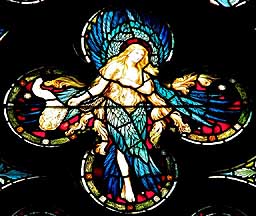
English historical genre and landscape painter, stained glass designer, illustrator and sculptor.
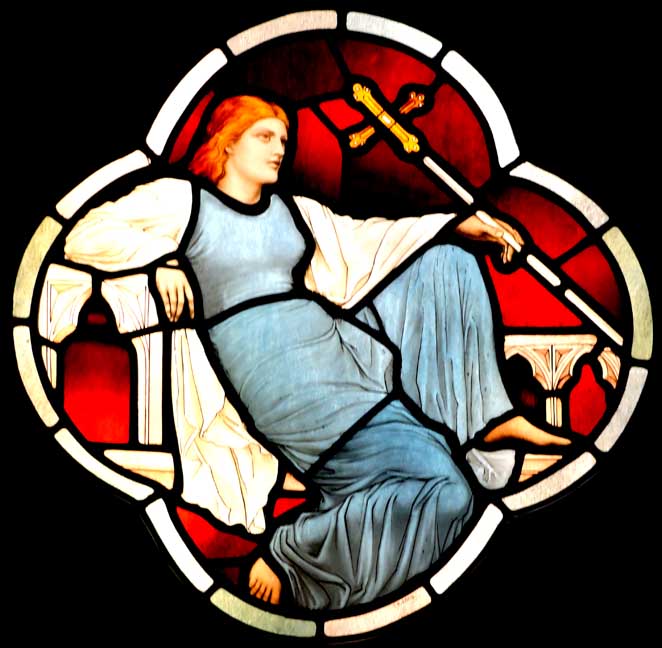
Source information below: Albert & Victoria Museum (online Dec. 2016)
Place of origin: London (made) ... 1886-1890 (designed) ... Holiday, Henry, born 1839 - died 1927 (designer) ... Clear and colourless glass, painted and stained ... Museum number: C.11-2004 ... Sacred Silver & Stained Glass, room 83, case S4 Henry Holiday was a designer of stained glass.
Between 1863 and 1891 he worked as a freelance designer (not on an
exclusive contract) for the glass makers Powells at Whitefriars in
London. In 1891 he set up his own stained glass studio, where he
presumably made panels as well as designing them.
The image on this panel was probably taken from
a painting 'Aspasia in the Pynx', which Holiday painted about 1886-8.
Aspasia was the mistress of Pericles, the great and controversial
Athenian leader in Ancient Greece. The Pynx was an area of land where
the Greek popular assembly met. Holiday included this painting in his
book 'Reminiscences of My Life' which was published about 1914. The
sitter was Miss Kathleen Douglas-Pennant (later Lady Falmouth),
daughter of Lord Penrhyn.
Detail below:
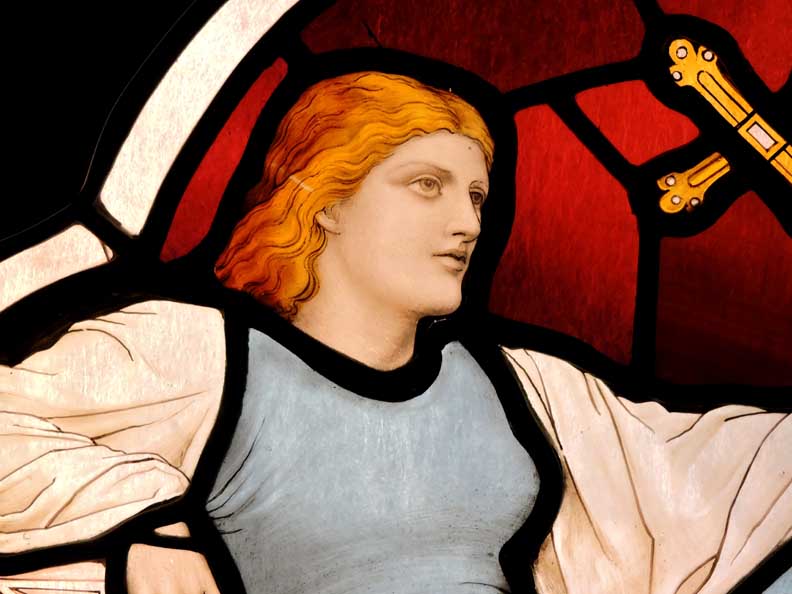 |
